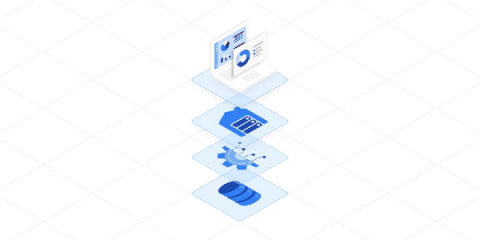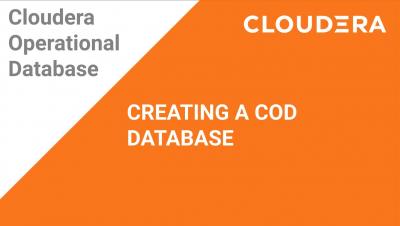Unlock Marketing Analytics Power with the Snowflake Data Cloud
Over the past two decades, marketers have faced an uphill battle in trying to turn marketing into a fully data-driven discipline. Our challenge is not that we don’t have enough data but that data has been difficult to access and use. Marketing, sales, and product data is scattered across different systems, and we can’t get a complete picture of what is going on in our businesses.








